Big Ships – Innovation And Technology On The Seas
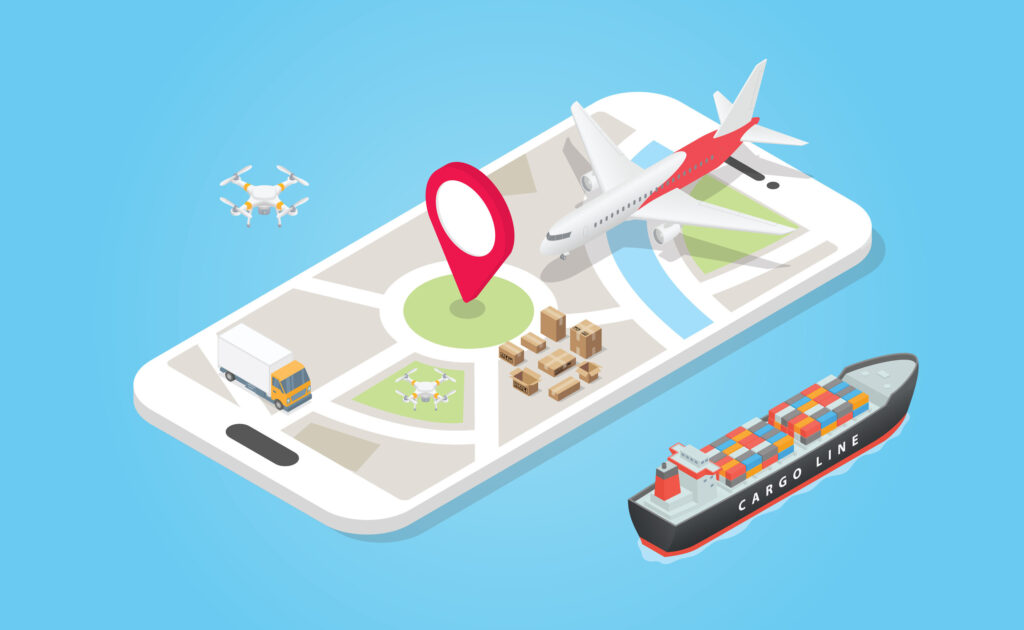 More than 50,000 merchant ships are operating in the oceans currently, managing about 90% of the global trade in goods. Recent developments in communications technology, robotics and energy conservation have had a huge effect on the operating efficiency of big vessels. Let us have a look at some of the great ships of today.
More than 50,000 merchant ships are operating in the oceans currently, managing about 90% of the global trade in goods. Recent developments in communications technology, robotics and energy conservation have had a huge effect on the operating efficiency of big vessels. Let us have a look at some of the great ships of today.
OIL SUPERTANKER
Euronav Oceania
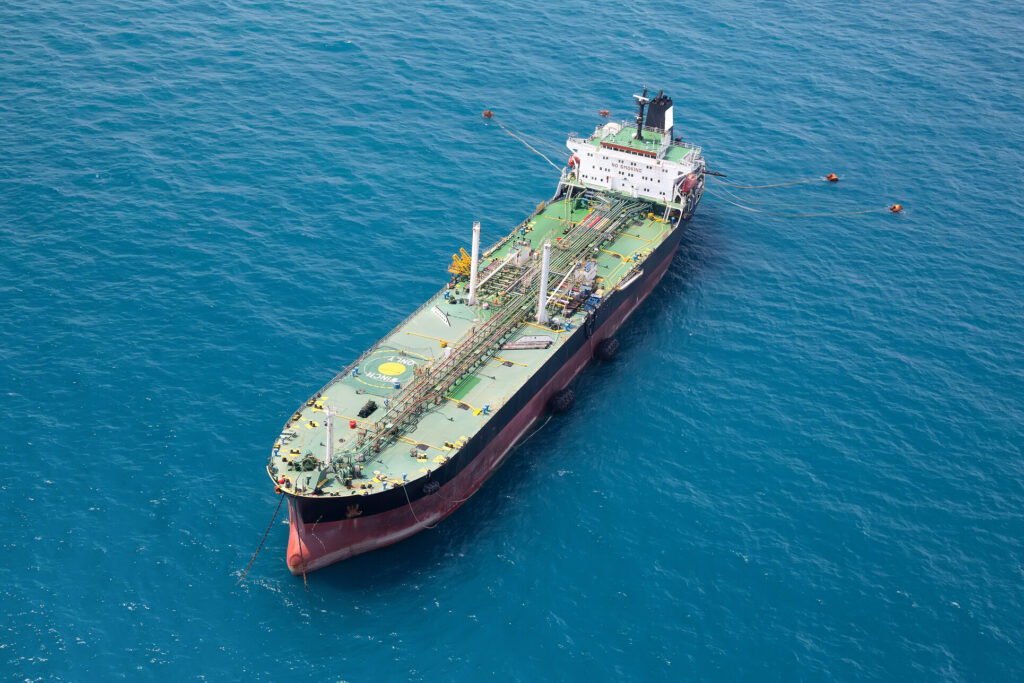
Euronav Oceania is the largest crude oil tanker in the world in operation. Built in 2003, it is a part of the TI Class of Supertankers: TI Oceania, TI Europe, TI Asia and TI Africa, termed Ultra Large Crude Carriers (ULCC). These four world’s largest crude oil tankers were all built by the South Korean shipbuilder Daewoo Shipbuilding and Marine Engineering and have an expected lifespan of 25 years. Their design has helped the industry to solve several problems related to oil cargo transport through difficult waterways.
CONTAINER SHIP
HMM Algeciras
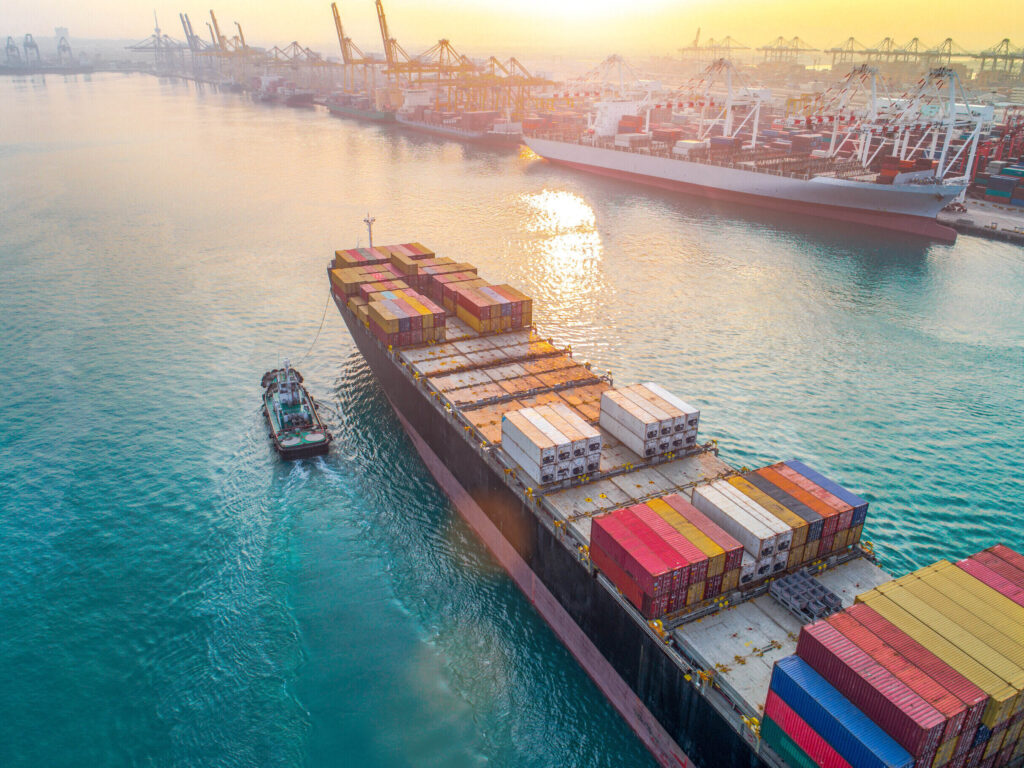
The biggest container ships afloat can carry a load of up to 24000 containers. Capacity is measured in TEUs (twenty-foot equivalent units). HMM Algeciras is currently the world’s largest containership. It is one of twelve 24000 TEU Class vessels that are designated as eco-friendly.
Designed and built by Daewoo Shipbuilding and Marine Engineering, the HMM Algeciras is one of the most advanced containerships in the world. Optimised hull design and highly-efficient engines have improved energy efficiency and reduced carbon emissions.
The CSCL Globe, operated by Maersk, has a capacity of 19,000 TEU. The Maersk fleet of container ships is currently regarded as the most efficient and environmentally advanced containerships in service. Its engine uses integrated computer-managed systems to reduce fuel consumption under varying vessel speed and sea conditions. The Globe’s engine is also one of the most low-emission power plants ever fitted on a ship.
WARSHIP
USS Zumwalt
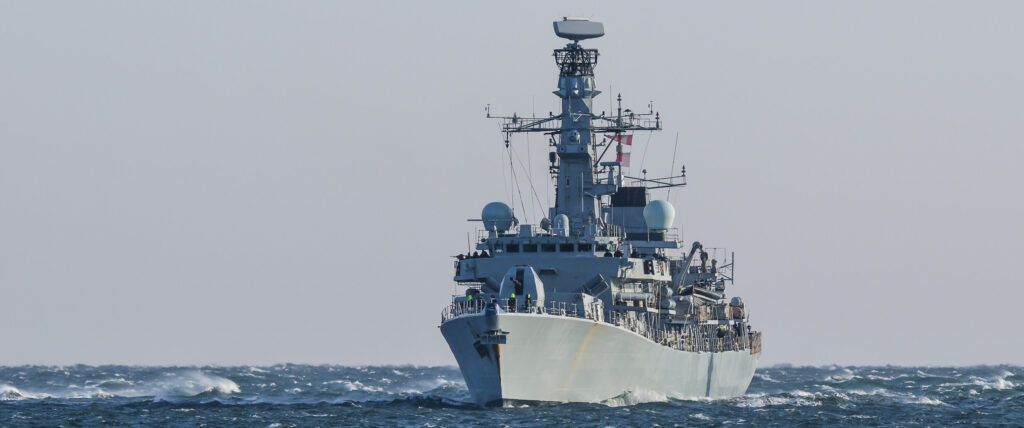
The U.S. Navy’s newest warship, the guided-missile destroyer, USS Zumwalt is the largest and most technologically advanced surface combatant in the world. This ship is equipped with numerous advanced technology and survivability systems including state-of-the-art radar, stealth weapons, and propulsion systems. USS Zumwalt is the first US Naval surface combatant to feature all-electric propulsion. It carries a crew of 158 and is only 600ftt in length. The USS Enterprise, the previous leading warship. was decommissioned in 2017 after more than 55 years of consecutive service. This is longer than any other U.S. aircraft carrier to date.
BULK ORE CARRIER
Valemax
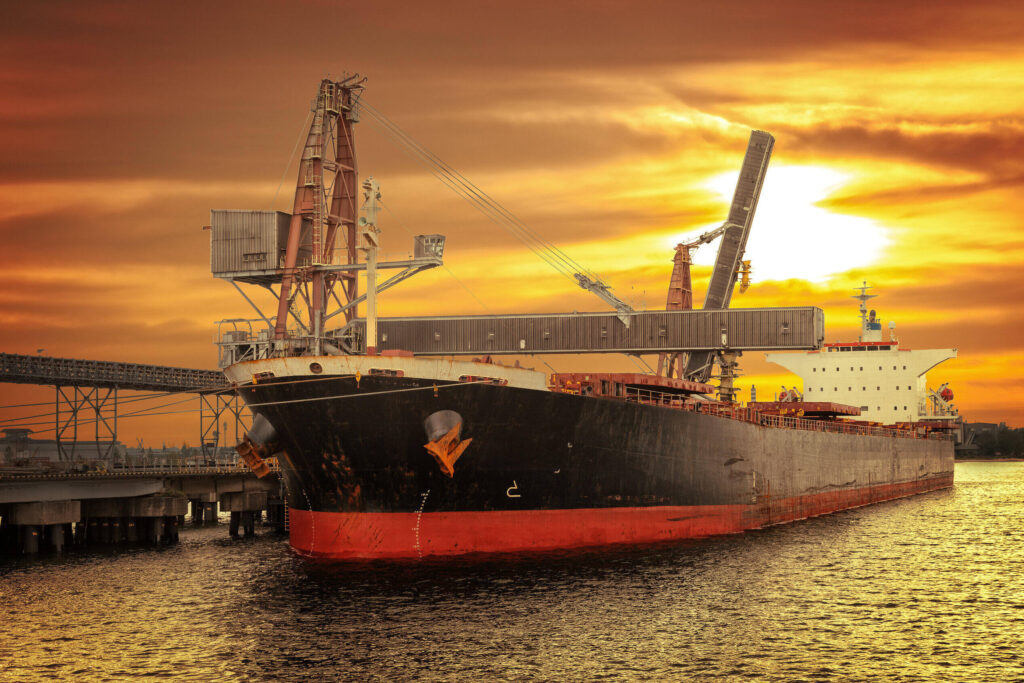 Valemax, the world’s largest bulk carrier is one of the most energy-efficient afloat. It derives its name from the Brazilian mining company Vale S.A. Valemax can carry 400 000 tons of iron ore with an average speed of 15 knots, making the journey from Brazil to China (the largest iron ore importer in the world) in 45 days. Speed is important; it only takes 15 days on the sea from Australia to Chinese ports. It is also environmentally friendly; it has received a Green Seal for releasing 35% less CO2 compared to a standard Capesize Bulk Carrier.
Valemax, the world’s largest bulk carrier is one of the most energy-efficient afloat. It derives its name from the Brazilian mining company Vale S.A. Valemax can carry 400 000 tons of iron ore with an average speed of 15 knots, making the journey from Brazil to China (the largest iron ore importer in the world) in 45 days. Speed is important; it only takes 15 days on the sea from Australia to Chinese ports. It is also environmentally friendly; it has received a Green Seal for releasing 35% less CO2 compared to a standard Capesize Bulk Carrier.
CRUISE SHIP
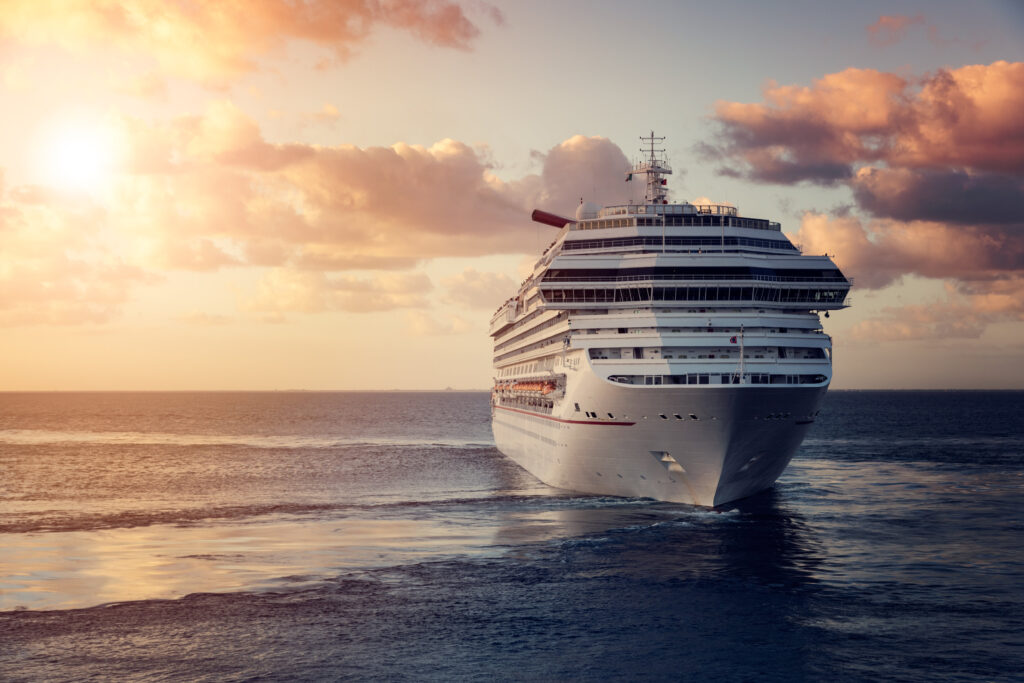
Symphony of the Seas
The largest cruise ship is Symphony of the Seas. It is 361 m (1,184 ft) long. It can accommodate 6,296 passengers in addition to its 2,394 crew members. It can travel at 22.6 knots.
The Royal Caribbean cruise liners have many high-tech recreational activities to keep people occupied for weeks. For example. the ships incorporate FlowRider surf simulators, a zip line (the Ultimate Abyss), that is 82 ft (25 m) across and nine decks high, an ice-skating rink and a full-sized basketball court. The Symphony of the Seas even has a Bionic Bar with robot bartenders. The latest and biggest cruise liner, the Wonder of the Seas, was originally scheduled for completion in 2021 but has been delayed.
Smarter Ships
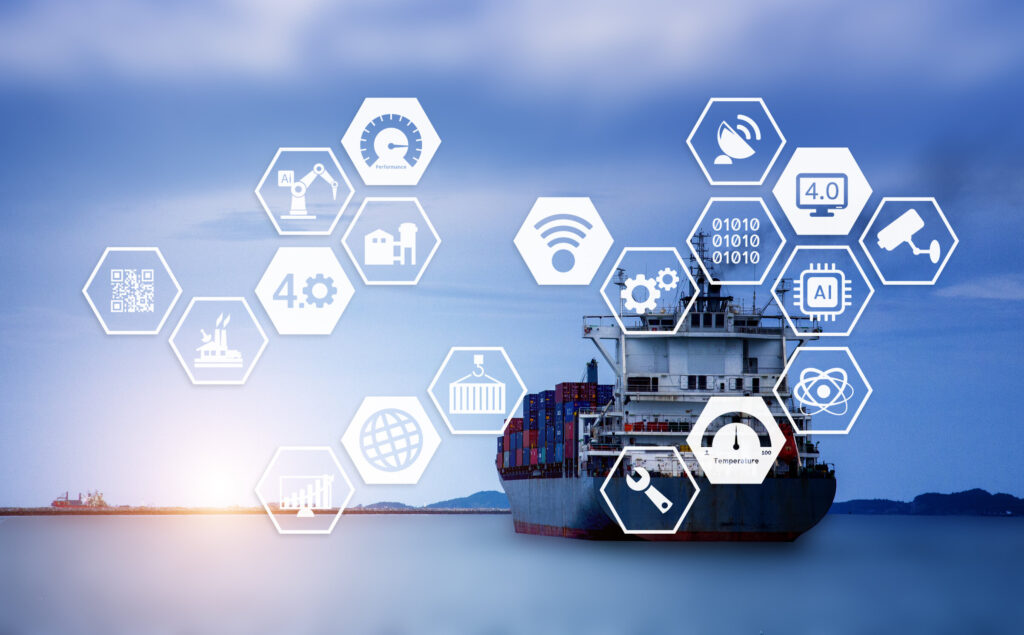
Leading shipbuilders are integrating connected technologies to improve operational efficiency and enhance the safety and security of their ships. Solutions are being implemented to speed up decision making, reduce environmental risks and ensure regulatory compliance.
Technology is having a major positive effect in the areas of:
- Communications
Today ships generate, collect, and transmit an ever-increasing volume of data. To achieve efficient data transfer, wireless communications including marine very high frequency (VHF) installations, satellites and WiFi are used.
- Big data and analytics
The latest IT software solutions are being used to retrieve, store, and process data in real-time for faster decision making. New developments in machine learning and cognitive systems are being applied to maintenance and support operations to save time and resources.
- Robotics
There are opportunities to apply advanced robotics within the shipping industry. Mini-robots for example are used for inspections in harsh, dangerous environments. Green and eco-friendly benefits are achieved through automated hull cleaning and better safety is being enjoyed through anti-piracy measures.
- Propulsion and Powering
Ship propulsion and power generation is a significant area of innovation. Future engine design using hybrid power sources, use of alternative fuels and renewable sources of energy are the prime areas of development. There is a major drive towards better environmental protection systems and the controlling of emissions.
The Supply Chain Consulting Group has expertise in the application of robotics and has identified the supply chain and logistics trends to watch in 2021














